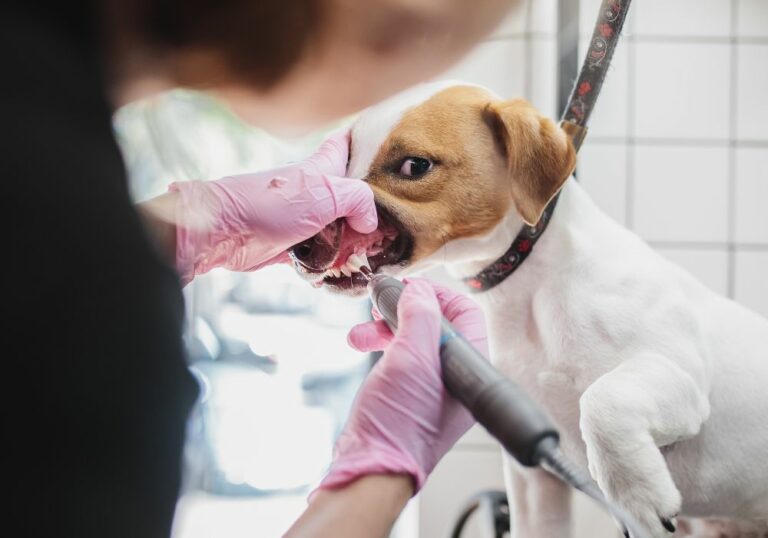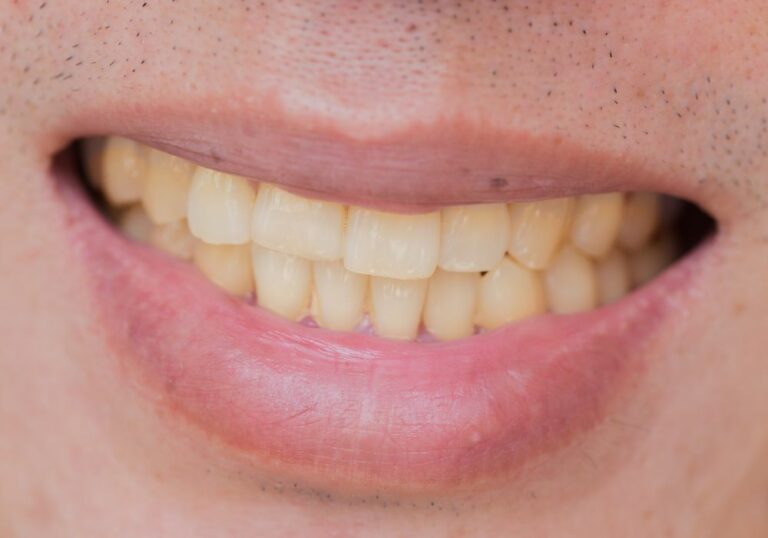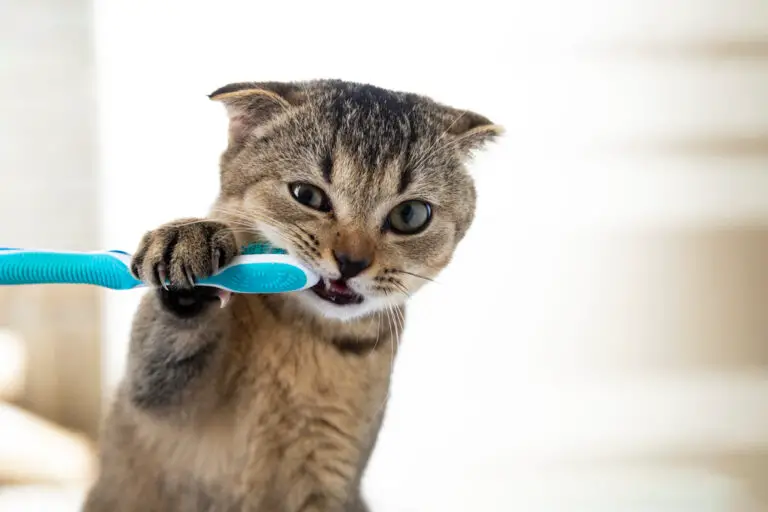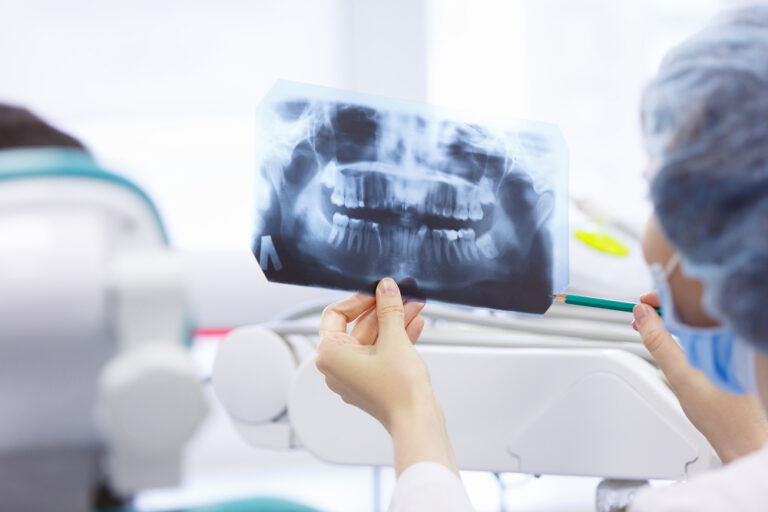Discovering a concerningly loose tooth leaves many worried about the tooth’s prognosis. An extremely mobile tooth may seem hopeless, but there are often ways to rescue the tooth and regain firm attachment. Understanding the causes of loose teeth and pursuing prompt treatment can help stabilize even seriously loosened teeth in many cases.
What causes loose teeth?

A number of different conditions can undermine the stability of teeth and lead to worrisome mobility:
Gum disease
The most prevalent cause of loose teeth is periodontal (gum) disease. Bacterial plaque builds up along the base of teeth and triggers inflammation and infection of the gums. This erodes the periodontal ligaments and bone holding teeth in place. Mild gum disease creates slight mobility, while advanced cases cause very loose teeth.
Poor oral hygiene
Inadequate brushing and flossing allows plaque buildup. This indirectly loosens teeth over time by fueling gum disease. Those with poor hygiene have a higher likelihood of mobile teeth.
Trauma and injury
Any trauma to the teeth and supporting structures can disrupt the anchors and lead to looseness. Sports collisions, car accidents, falls and blows to the mouth are common causes of injury-related mobility. Cracked teeth are also more prone to abnormal movement.
Grinding and clenching
Excessive biting forces on teeth from chronic grinding (bruxism) places strain on anchoring ligaments. This most often affects front teeth which bear the brunt of forceful chewing motions. Nocturnal grinding while sleeping also weakens tooth stability.
Cancer treatment
Radiation therapy to the head and neck has side effects that include dry mouth, damage to oral tissues, and higher infection rates. Chemotherapy diminishes the body’s healing capacity. Both can contribute to loose teeth.
Pregnancy
Hormonal fluctuations during pregnancy can exacerbate gum inflammation and loosen teeth in some women. Morning sickness acidity can also degrade tooth enamel over time.
Medical conditions
Diseases like diabetes or osteoporosis that interfere with normal healing can impair tissues that anchor teeth. Celiac disease, Crohn’s disease and eating disorders also impact nutrient absorption needed for oral health.
Medications
Certain prescription drugs like antiseizure meds, blood pressure drugs, and antidepressants reduce salivary flow, which protects teeth and gums. Bisphosphonate drugs for osteoporosis also have loosening risks.
Aggressive gum treatments
In rare instances, overly aggressive gum cleaning below the gumline can itself damage attachment fibers and contribute to short-term loosening.
Orthodontic movement
Teeth loosened during active orthodontic realignment are a temporary side effect and stabilize after alignment is complete. Similarly, if a tooth is bumped significantly out of position, it may become looser.
Why stabilize loose teeth?
Although mildly loose teeth may seem like just a nuisance, severely loose teeth can have significant consequences if the progression is not halted with treatment:
- Tooth loss – Increased mobility usually continues worsening gradually until the tooth ultimately falls out on its own.
- Difficulty eating and speaking – As mobility increases, chewing and biting functions become more impaired and speaking clearly may also be affected.
- Drifting and shifting teeth – Adjacent teeth tend to tilt or drift into empty space created by a severely loose tooth. This also alters the bite.
- Pain – Ongoing movement and irritation eventually make chewing uncomfortable or even painful. Looseness allows inflammation of the ligaments and bone.
- Tooth decay – Greater gaps next to the loose tooth provide areas for plaque and debris to accumulate, raising decay risk.
- Infection – Bacteria gain access to the enlarged space between the gum and very mobile tooth, potentially causing acute or chronic infection.
- Aesthetic issues – For front teeth, increased mobility has a negative aesthetic impact on a smile.
- Bone loss – Lack of stable anchorage leads to progressive loss of the bony socket around a loose tooth.
Can extremely loose teeth fully reattach?
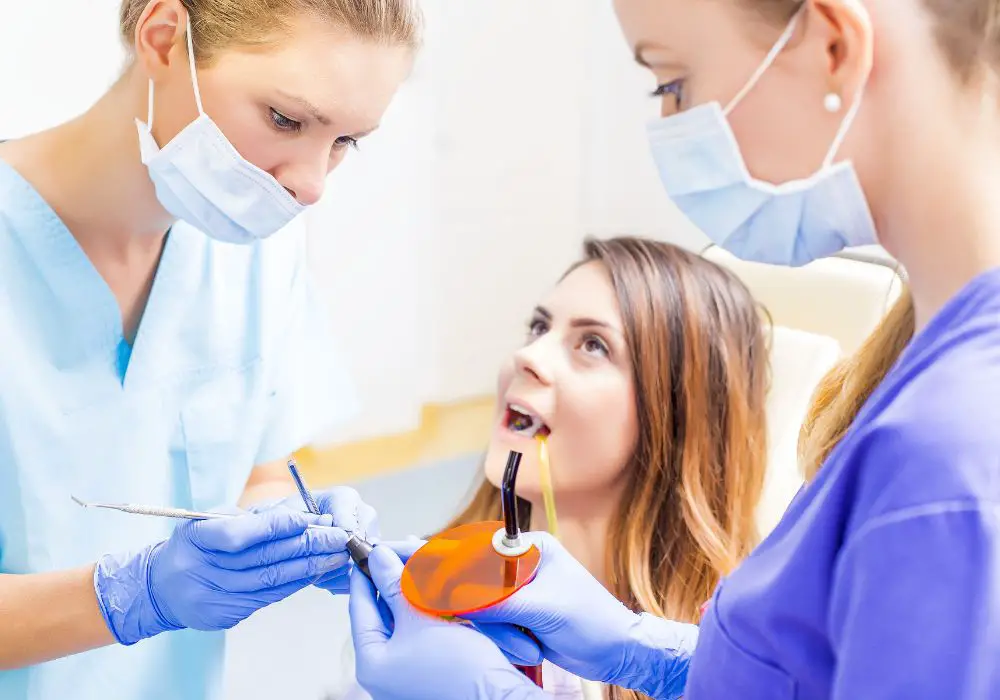
Most instances of moderate to extreme tooth mobility can be at least partially resolved with treatment. The extent of reattachment and stabilization depends on multiple factors:
- Cause – Periodontal disease has better outlooks than trauma or severe bruxism.
- Duration – Quicker treatment has higher success rates than long-term chronic mobility.
- Degree of mobility – Slightly loose teeth have better prognoses for re-adhering.
- Amount of bone loss – Minimal bone loss offers more opportunity for regaining stability.
- Additional decay or damage – Added problems like fractures or cavities reduce success of stabilization.
- Overall dental health – General oral condition impacts healing capability.
- Patient diligence – Closely following recommended at-home care and procedures maximizes results.
In general, mildly to moderately loose teeth can be firmed up significantly in a relatively short timeframe. Severely loose teeth are still salvageable, but may have a longer and more intensive treatment road and never fully regain absolute stability.
Dental methods for treating loose teeth
A loose tooth requires professional dental treatment to have any hope of reattachment. A variety of methods can be utilized depending on the tooth’s specific situation:
Cleanings above and below the gumline
Thorough cleanings disrupt bacterial accumulations that cause inflammation and progressively loosen teeth. Local anesthetic is used to numb the area for deeper cleaning under the gums. Antimicrobial rinses are also prescribed to control bacteria. Regular dental cleanings help maintain stability.
Medications
Antibiotics, antimicrobial rinses, and topical gels all help manage oral bacteria involved in gum disease. Anti-inflammatory drugs reduce swelling and discomfort. Certain growth factor medications can accelerate healing.
Gum grafting and regeneration
Grafts using gum tissue from elsewhere in the mouth restore receded gum levels. Guided tissue regeneration places protein growth factors and barrier membranes to restore supporting gum and bone tissues.
Bone grafts
Like soft tissue grafts, bone grafts replace bone volume lost due to periodontal disease. The enhanced bone foundation re-anchors mobile teeth.
Crown lengthening
If a loose tooth has insufficient structure remaining above the gumline, a minor surgical procedure reshape supporting bone and gums to expose more of the tooth crown for stabilizing restorations.
Tooth splinting
Binding a loose tooth to neighboring stable teeth with bonded composite resin or thin wire reinforcement offers external support while the internal structures heal and regenerate attachment strength.
Bite adjustment
Realigning teeth through orthodontics can correct bite issues involved in mobility. Tooth positioning that better distributes chewing forces may firm up looseness.
Restorations and prosthetics
Dental implants, bridges, partial dentures, or cast metal restorations are options for replacing a hopeless tooth after extraction, or anchoring a still-salvageable loose tooth.
Questions to ask your dentist about loose teeth

Bringing up the following questions at your dental visit can provide helpful insights on your specific case:
- What is the exact cause of my loose tooth?
- What degree of mobility are we looking at – slight, moderate or severe?
- Can prompt treatment re-stabilize it or will extraction be inevitable?
- Do you recommend waiting and monitoring or moving ahead aggressively with interventions?
- Which treatment options might work best for my situation – grafting, antibiotics, bite adjustment?
- How long would attempted stabilization treatment likely take?
- What are realistic expectations for improvements in mobility?
- Could my loose tooth eventually undermine health of surrounding teeth?
- At what point would extraction followed by an implant or bridge be advisable?
Caring for a loose tooth at home
While undergoing dental treatment, properly caring for a loose tooth at home improves your chances of saving it:
- Maintain careful daily brushing and flossing to control plaque buildup.
- Rinse daily with antimicrobial mouthwash to reduce bacteria.
- Avoid chewing hard, crunchy, sticky foods, as well as chewing gum, on the affected side.
- Take over-the-counter pain relievers as needed for discomfort.
- Quit smoking, if applicable, since smoking impairs healing.
- Apply topical gum desensitizing ointment if sensitivity persists.
- Ensure any in-office medicated rinses or gels are used as directed.
- Monitor the tooth and report any worrying changes to your dentist promptly.
- Wear a custom night guard if nocturnal grinding may be involved.
When is a loose tooth beyond saving?
Extremely loose teeth do not have a good long-term prognosis in certain situations:
- The tooth is so mobile it can be twisted 360 degrees.
- Gum recession is extreme enough that not enough tooth structure remains in the socket.
- Significant portions of tooth roots have broken off or decayed.
- Advanced bone loss from periodontal disease is apparent on x-rays.
- There are recurrent infections that cannot be controlled with antibiotics.
- An adjacent tooth is damaged from contact with the excessively mobile tooth.
- The tooth has been loose for many years indicating no potential for reattachment.
- A nerve injury test shows the tooth pulp tissue is non-vital.
- The patient has serious uncontrolled medical conditions impeding healing.
When to see your dentist
Consult your dentist promptly if you notice any of the following:
- A tooth that seems looser than other teeth, or excessively moves when you touch it.
- Any recent trauma like a blow or injury that may have loosened a tooth.
- Changes to your bite feeling different when you close your teeth together.
- Increasing difficulty eating or speaking due to a loose tooth.
- Sensitivity, pain, or bleeding from the gums around a loose tooth.
- Halitosis or gum abscess indicating infection of the tissue.
- Aesthetic concerns about a visibly loose front tooth.
The sooner a concerningly loose tooth is evaluated, the better the chances of saving it. Even teeth with severe mobility often have decent odds of stabilization with early intervention. Monitoring a loose tooth risks allowing further irreversible deterioration and bone loss. Have your dentist promptly assess any excessive mobility in your teeth.
Conclusion
Although an extremely loose tooth may initially seem hopeless, there are usually excellent chances of saving it and regaining reasonable stability. Achieving this relies on pursuing prompt professional treatment to halt disease progression and regenerate lost attachment. Have your dentist evaluate any worrisome tooth mobility as soon as possible to determine your options. Stabilizing a loose tooth before it is too late provides the best opportunity for a good long-term outcome. With the advanced techniques available today, even teeth with alarming mobility can often be rescued and restored to function.
Frequently Asked Questions
What are signs my loose tooth needs urgent dental attention?
You should seek urgent dental care if a loose tooth is accompanied by any of the following warning signs:
- Sudden, severe pain in the tooth that keeps you awake at night
- Gum redness and swelling with pus discharge
- The tooth becoming so loose it can actually be twisted around
- Visible gaps or holes in the tooth structure itself
- Tooth discoloration or darkening
- A broken-off piece of the tooth itself
- A persistent bad taste or odor from the gums around the tooth
- Difficulty eating, speaking, or opening your jaw due to the tooth
These symptoms indicate an acute problem like infection or fracture that require immediate dentist evaluation.
Should I avoid chewing on the side with my loose tooth?
Yes, it is advisable to avoid chewing on the side of your mouth with a noticeably loose tooth. Chewing applies added force and movement that can further irritate the tooth and destabilize it. Choose soft, easy to chew foods and shift chewing to the unaffected side until your dentist can evaluate and start treatment for the loose tooth.
If one tooth is very loose, could it eventually undermine other teeth?
It is possible for damage and instability from one excessively loose tooth to spread and begin affecting adjacent teeth over time. This is most likely if the looseness is longstanding and caused by severe periodontal disease. The infected, inflamed environment can leach away ligament fibers attaching other nearby teeth as well. Letting a very loose tooth go untreated also allows that side of your bite to collapse, risking a domino effect on other teeth.
My dentist recommended a splint for my loose tooth. What does that involve?
Splinting provides external stabilization by attaching the loose tooth to neighboring healthy teeth. This could involve wiring or composite bonds adhering it to one or more firm teeth on either side. Splinting keeps the loose tooth from bearing chewing forces directly during the months it takes for periodontal tissues to regenerate. The process begins with numbing your gums, etching the teeth, applying resin adhesive, and curing the composite material to create rigid bonds. The dentist will follow up periodically to check your bite.
If my loose tooth eventually falls out, do I need an implant right away?
You do not necessarily need an implant placed immediately after losing a tooth. After extracting a very loose non-salvageable tooth, your dentist may recommend waiting 4-12 weeks for complete healing of the socket before implant placement surgery. However, at some point in the future, you would benefit from an implant to prevent bone loss at that site leading to greater complications. Timing depends on many factors, so check with your dentist on the optimal timeline for your situation.



